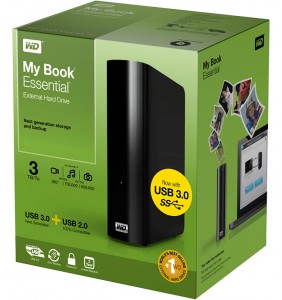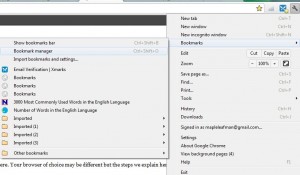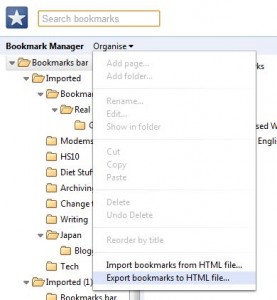We turn our computers off at night. To us, there is no sense to keep them running, even though some people leave theirs running 24/7. When we started our main server this morning, we heard a click. Now, computers make all kinds of little noises but a click is one of the scary, alarm signals that you really don’t want to hear. Usually a click means that a hard drive is on the way out. It could be a sticky platter (the things that store the information) or it could be one of the heads (the things that suck up and put down the data). Whatever it is, it spurred us on to back up our drives.
We have a new 3 T (terabyte) external drive from Western Digital. Here’s what it looks like:

This is what we’re using for the backup. Once the data is safe, we’ll probably burn it all to BluRay data discs, just to make sure it is even more secure from hardware failure.
We’ve discussed backing up your computer before. Here the some of the posts: Back up 1, back up 2 . There are others, too, so check around the site.
Backing up your computer isn’t necessarily to save things that you have downloaded. Those items are going to be around for a while, they won’t disappear tomorrow. The thing you don’t want to lose are things that are irreplaceable. Those would include family photos, family videos, things you’ve written, etc.
The click of death that we heard may be nothing but we’re not taking the chance. You shouldn’t either. Back up your computer now. Schedule weekly backups or use the software that is included with the My Book Essential drive. The drives are not expensive, ours was under $130 CDN. This isn’t much when you consider how bad you’d feel if you lost all of the memories on your computer.
Thanks for reading!




